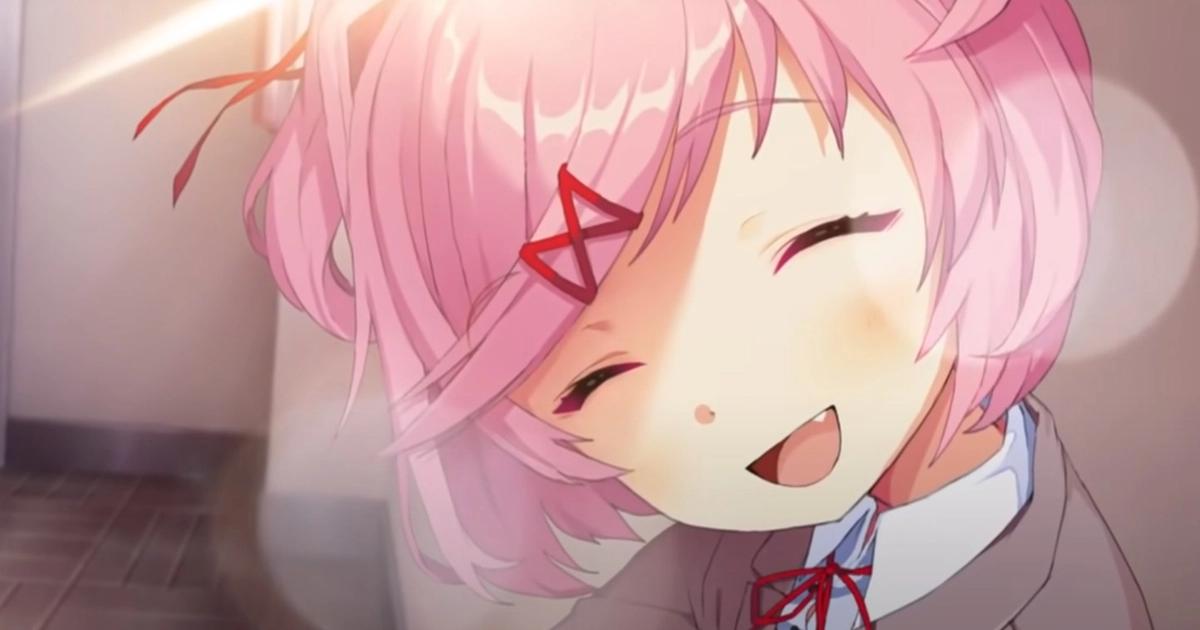If you are interested in anime and Japanese culture, you've most likely heard the term 'visual novel'. But what exactly is this obscure form of entertainment that we often see listed as the source material for anime adaptations? What are visual novels and what sets them apart from Japanese light novels?
What Are Light Novels?
Light novels are typically small and affordable books, mass-produced in Japan and targeted toward a young audience.
Many anime shows have light novels as their source material, such as Violet Evergarden, for instance.
Quite often, there's a manga in-between, which almost acts as a bridge between a light novel and an anime adaptation. This has recently been the case with a number of isekai anime for instance. Examples include That Time I Got Reincarnated as a Slime and Mushoku Tensei among others.
What Are Visual Novels?
Visual Novels are a form of semi-interactive fiction. They can also be described as novels in video game format or video games that are entirely based on a story, with few or no actions required from the player.
They are distinct from other story-based video games such as Life Is Strange, for instance, as they don't normally involve any type of walking simulation or activity.
The visuals are also more limited, often static or featuring very little movement. Most such images are associated with the characters themselves, often showing which one is speaking.
In many cases, such as in dating sims, the player character is not shown at all, allowing the player to imagine themselves or their character in any way they want.
The limited visuals mean that the player is also required to imagine most of the actions instead of watching them unfold, explaining the use of the term "novel" even though visual novels are not in book format.
Some well-known anime such as Steins;Gate, and the When They Cry horror series are visual novel adaptations. In Steins;Gate, this worked unexpectedly well, making it one of the most popular anime of all time.
In Umineko; When They Cry, the game format was quite apparent, and episode number limitations didn't help, failing to make for the visual novels' more immersive experience.
Visual novels can be entirely story-based, requiring nothing more than clicks to move on to the next bit of text. Others need the player to make choices, such as what answer to provide in a given situation, what information to request from other characters, which character to date, and so on. Such is the case with visual novels such as Caffeine: Victoria's Legacy.
While not all visual novels include romance or dating, dating sims are often the first thing that comes to mind when thinking of this type of game. There are plenty of PC or mobile games that involve four or more potential love interests for the player to choose from - but this is not to say that visual novels are all about romance.
In some cases, visual novels tell stories as complicated and tragic as those found in books, if not more so. The House In Fata Morgana for instance, enacts a tragedy that spans over a century, with multiple possible endings depending on player choices.
Other times, the dating sim format is turned on its head to create pure horror, as is the case with Doki Doki! Literature Club!
Related: The Top Horror Anime to Watch of All Time
In literary circles and video game scholarship, you might encounter debates as to whether visual novels count as video games. Some might feel that this is not the case, as visual novels don't require the fine motor skills and quick responses that are the core of other games
That being said, visual novels are ideal for casual gamers who don't enjoy epic fighting scenes or dramatic action. While less active than action-based games, visual novels offer a unique perspective and a level of immersion that can't easily be achieved through reading.
Visual novels shouldn't be disregarded as lesser games or as "light" reading - they can be interesting and quite intense!







